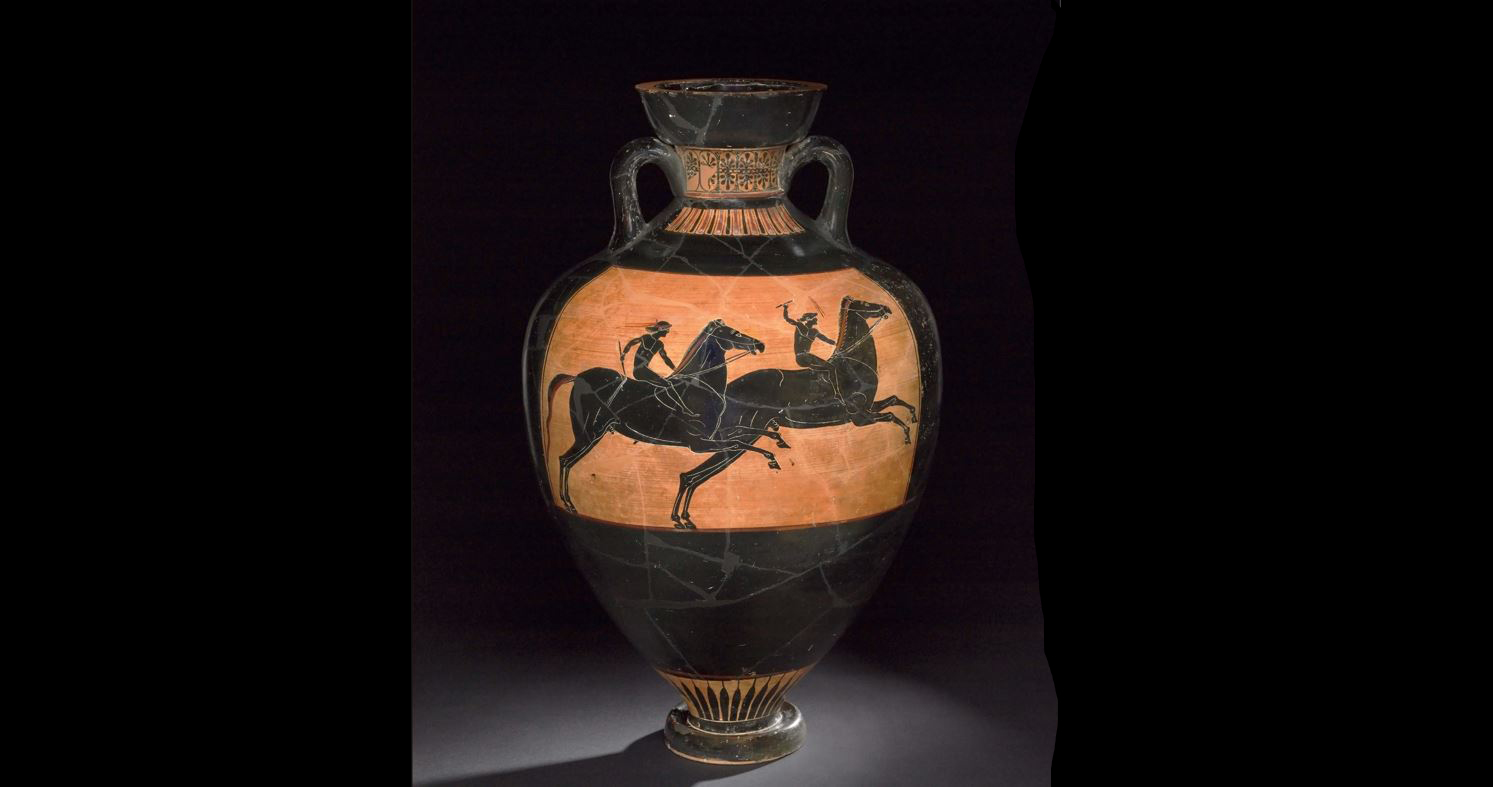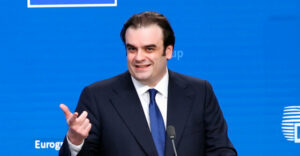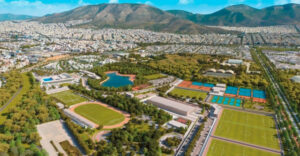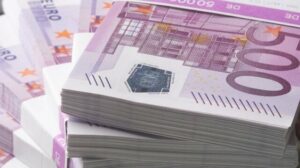A compelling exhibition exploring the theme of competition in the Ancient Greek world and featuring stunning objects from the British Museum’s collection opens at the National Museum of Australia on Friday, 17 December.
Following a 12-month delay due to the COVID-19 pandemic, Ancient Greeks: Athletes, Warriors and Heroes opens at the National Museum in Canberra as the nation emerges from lockdown.
With Canberra as its only east coast venue, the Ancient Greeks exhibition features more than 170 objects from the British Museum’s collection of Greek treasures, with artefacts dating from 800 BCE to 200 CE.
National Museum director, Dr Mathew Trinca, said: “We are delighted to finally be able to bring this spectacular exhibition to Canberra.
“Australians have endured months of lockdown and uncertainty, and we are thrilled to give them such a magnificent international exhibition experience after what has been one of the most difficult periods in our nation’s history,” Dr Trinca said.
“The legacy of Ancient Greece endures in our society today, and visitors will be mesmerised by the stories of competition in the Ancient Greek world and by the beautiful depictions of athletes, the ceramics, sculptures, armour and jewellery on show,” Dr Trinca said.
Ancient Greeks: Athletes, Warriors and Heroes is the fourth in a series of British Museum exhibitions that have featured at the National Museum of Australia, following Rome: City and Empire (2018), A History of the World in 100 Objects (2016) and Encounters: Revealing Stories of Aboriginal and Torres Strait Islander Objects from the British Museum (2015).
Dr Hartwig Fischer, director of the British Museum said: “We at the British Museum are delighted that Ancient Greeks: Athletes, Warriors and Heroes will open imminently at the National Museum of Australia.
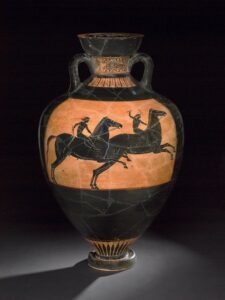
“This wonderful exhibition is the result of tireless efforts and contributions made by staff at the National Museum of Australia, the Western Australian Museum Boola Bardip, the Tāmaki Paenga Hira Auckland War Memorial Museum, and the British Museum. The exhibition has been many years in the making and the British Museum is extraordinarily proud of this partnership. We hope that audiences in Canberra will enjoy and be inspired by the magnificent objects and stories woven throughout the Ancient Greeks exhibition,” Dr Fischer said.
Dr Peter Higgs, British Museum acting keeper Greek collections, said: “I am so pleased that the exhibition Ancient Greeks: Athletes, Warriors and Heroes is going to our partner museum in Canberra. Despite the worldwide pandemic and the immense challenges it has created, we have all worked together to achieve this momentous task.
also read
Stefanos Tsitsipas interview – “I have not taken the vaccine yet, but will do it” (video-Greek)
“Following the pandemic, we seized the opportunity to develop collaborative new approaches to our international installation practices, all the while adhering to our tightest processes. A huge thank you to everyone who has been involved with this exhibition. We hope you are able to go and see The Greeks and immerse yourselves in the stimulating narratives and stunning ancient artefacts,” Dr Higgs said.
Tara Cheyne, ACT Assistant Minister for Economic Development, said: “As part of the ACT Government’s ongoing commitment to the tourism, events, arts and cultural sectors, we are very pleased to be supporting the National Museum of Australia in staging this exhibition. The welcome return of blockbuster exhibitions will play an important role in the social and economic recovery of the Canberra region – and provides yet another great reason for our interstate visitors to organise a trip to the nation’s capital.”
Ancient Greeks is the result of a groundbreaking collaboration between the Western Australian Museum, the National Museum of Australia, and the Tāmaki Paenga Hira Auckland War Memorial Museum, which combined forces to bring the exhibition to Australasia for the first time. Ancient Greeks: Athletes, Warriors and Heroes was on display at the Western Australian Museum from 20 June to 7 November 2021, and will be on show at Tāmaki Paenga Hira Auckland War Memorial Museum in New Zealand from 10 June to 16 October 2022.
Ancient Greeks: Athletes, Warriors and Heroes is at the National Museum of Canberra from 17 December 2021 to 1 May 2022.
Tickets $28. For bookings see nma.gov.au
Media contact: Diana Streak 02 6208 5091 | 0409 888 976 or media@nma.gov.au
The exhibition is divided into six sections: Nike, Goddess of Victory; Sporting Competitions; The Performing Arts; War; Heroes and Myths; Society: Competition in Life and Death.
The National Museum requested two additional objects for the exhibition. Both are exquisite examples of their type and remarkable because they feature the artists’ signatures:
• Black-figured amphora showing the Greek warrior Achilles slaying the Amazon Queen Penthesileia (about 540–530 BCE), signed by Exekias, the renowned Athenian potter and painter
• Marble relief known as the Apotheosis of Homer (about 220–200 BCE) signed by its maker, Archelaos of Priene
Key objects include rare and striking items from the British Museum’s Greek collection
• A rare, black-figured amphora showing athletes training for the pentathlon (540–520 BCE)
• A black-figured amphora presented as a prize at the Panathenaic Games in Athens, it was once filled with 45 litres of olive oil. A rare example of its type as its lid has survived intact (333–332 BCE)
• A terracotta sculpture of two young women playing a game of knucklebones. One version of the game was the Aphrodite throw, thought to predict the odds of getting married (330–300 BCE)
• A gilded silver pin showing the figure of Nike, goddess of victory, holding a wreath (never previously toured) (100–200 CE)
• Gold earrings depicting Nike holding discs featuring the head of the sun god Helios (never previously toured) (about 350–250 BCE)
• A Roman version of one of the most famous Greek athletic statues – the Diadoumenos – based on a Greek original by the sculptor Polykleitos in the 5th century BCE. A victor statue and a powerful study of the ideal male physique (about 120–140 CE)
• Bronze head from the statue of an athlete, rare survival of bronze sculpture (never previously toured) (400–350 BCE)
• Marble portrait bust of the famous playwright Euripides, known for writing tragedy (Roman version 69–96 CE, after a Greek original about 330–300 BCE)
• An intricately detailed, red-figured volute krater features scenes from the ancient story that inspired Euripides’ last tragic play, Iphigeneia in Aulis (360–350 BCE)
• A fragment of a sarcophagus depicting warriors, from Klazomenai (modern Urla), Turkey (about 525–515 BCE)
• A bronze cuirass (body armour) modelled with tense, powerful, musculature (about 350–300 BCE)
• A tiny chalcedony gem engraved with the figure of winged Nike – one of the finest examples of a Greek intaglio (engraved gemstone) (never toured internationally) (about 350–300 BCE)
• A large marble statue of an athlete, hero or god, which is representative of the ideal athletic physique (Roman version 1st century CE, after a Greek original 320–300 BCE)
• A finely modelled bronze statuette of Herakles, legendary hero and founder of the Olympic Games (about 400–350 BCE)
• A statue of a wealthy Greek woman carved from fine Parian marble (about 150–100 BCE)
• An array of exquisite jewellery, including a gold necklace featuring myrtle buds and a lion-head pendant (about 450–400 BCE) v
• A block from a marble frieze depicting Greeks fighting Amazons. Part of the Mausoleum of Halikarnassos, one of the Seven Wonders of the Ancient World (about 350 BCE)
• A marble charioteer, a fragment of a frieze from the Mausoleum at Halikarnassos (never been shown internationally) (about 350 BCE)
Ask me anything
Explore related questions
